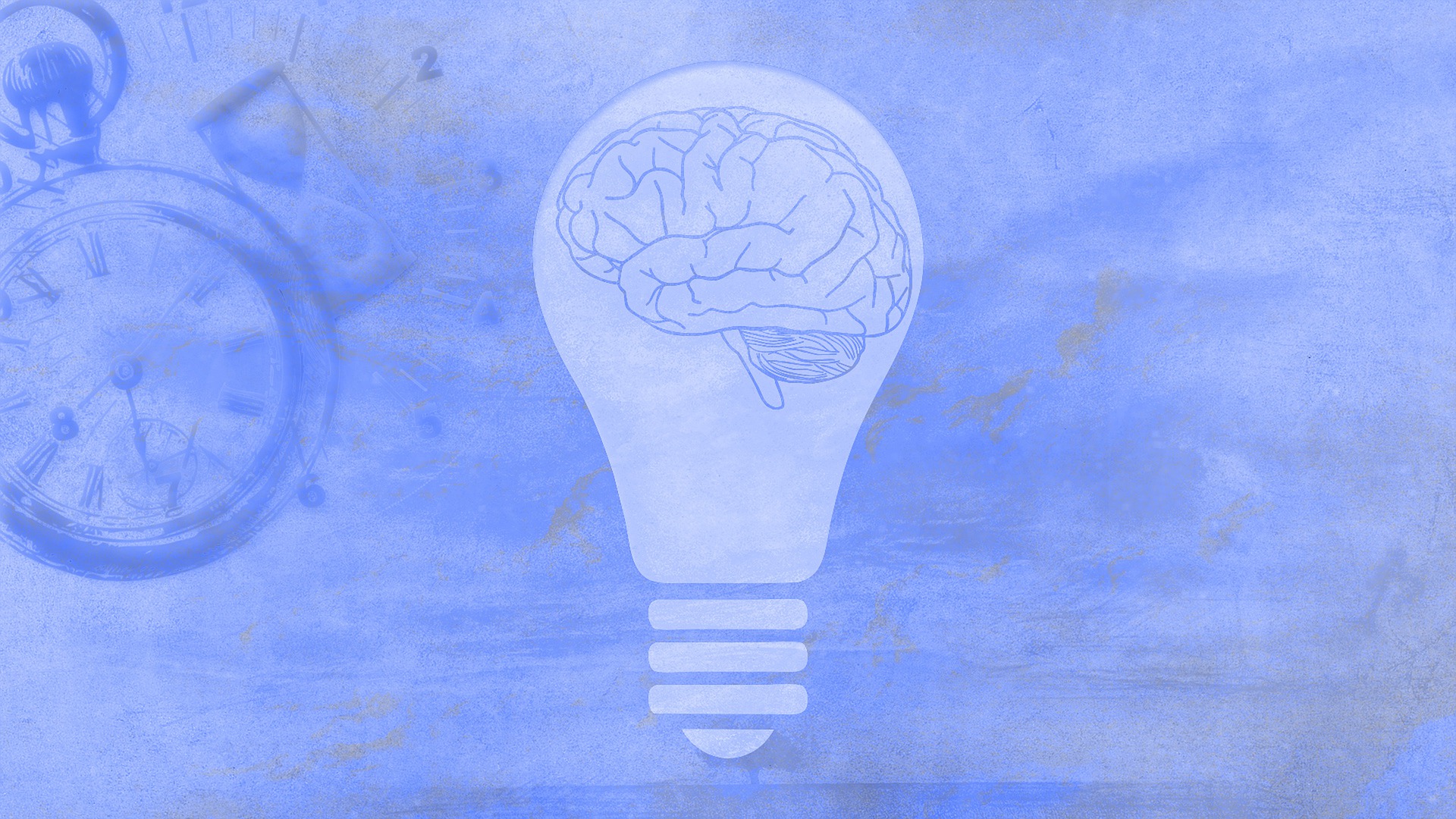Research still focuses predominantly on them, with women and non-binary people’s experiences of autism being ignored.
Lauren Kenworthy, director at the Centre for Autism Spectrum Disorders, argues for more research to be carried out into autism in women to improve the sex and gender gap in autism studies. She states that this could transform our understanding of the condition.
Evidence that girls with autism are going undiagnosed has been increasing for years. The standard for autism has been based on how it presents itself in young autistic boys.
As autistic girls exhibit different traits to autistic boys, they are frequently overlooked by teachers, doctors, and standard diagnostic tools. Autism is often cited as being four times as likely in boys as in girls.
This claim, however, is questioned by researchers who state that the true ratio would be less extreme as so many autistic girls go unidentified. There has not been nearly as much research into how autism presents in girls, and it is not spoken about nearly as much. This means that most girls with autism fly under the radar.
Another difficulty experienced by researchers is that girls with autism tend to behave in ways which are considered acceptable—if not ideal. Oftentimes the behaviours may be the same as in boys (passive, withdrawn, dependent on others, uninvolved, or even depressed) but in girls it is welcomed while in boys it is an indicator of autism.
Girls may have fewer restricted interests and repetitive behaviours than boys do. Girls also may have more socially acceptable types of interests. Special interests – an area in which a person is particularly interested and knowledgeable in – are common among all autistic people.
The special interests of boys and men, however, are often ‘nerdy’ and typically associated with autism. The special interests of girls are not often seen as being special interests and indicative of autism. Some girls may even make things like fashion, makeup and skincare (all seen to be hyper-feminine and suitable for women) their special interest.
Women with autism become very good at masking – at being perceived as neurotypical – to the degree where they can be unaware they are doing it.
Girls are more likely than boys to mask their autistic traits by copying their neurotypical peers which can lead to burnout in later life. Masking is very draining and without the knowledge of what it is girls and women may never stop doing it. The pressure to fit neurotypical norms is strong among all autistic women let alone those who don’t know that they aren’t neurotypical.
Without the knowledge that masking is exhausting, it is almost impossible to pin-point the reasons for burnout and so impossible to rectify . Without an explanation or a diagnosis, it is impossible to change this.
The prioritisation of research into autism in boys centres men at the expense of women and non-binary people. Oftentimes, autistic women do not receive a diagnosis until they are much older, if at all! Women and non-binary people often have to navigate the world with no ‘tools’ for far longer than their male-counterparts.
Without coping mechanisms, support services and allowances, which make life easier for autistic people, life becomes even harder. They are not granted the same opportunities as men. Equally, the lack of diagnosis can be isolating.
A diagnosis provides explanations for certain behaviours and feelings which can be very reassuring. The sense of community in shared experiences is also greatly comforting. Without a diagnosis or education these possibilities are removed from women.
Autism is often misdiagnosed in women as bipolar disorder, depression and anxiety, meaning that they are unable to access the support which they need. The treatments for these conditions can make the mental health of autistic people worse, especially if the wrong condition is being treated.
Up to 20 percent of girls and women in eating-disorder clinics have undiagnosed autism, and they may have different treatment needs. For example, if they have intense aversions to food smells, a treatment protocol that requires them to eat in a group setting could make them even less likely to eat. But if it is not known that they are autistic then these necessary changes cannot be made.
The lack of research and diagnosis of autism in women means that the condition is not fully understood. Currently we only really know how ASD affects boys and men.
Support plans are not as detailed, tailored or present for women and non-binary people as they are just copies of the male version. Not only does this mean that it is less diagnosed in women, but that after they have been diagnosed, the systems are not set up to help them.
Many women are reaching adulthood before the possibility that they may be autistic even occurs to them. They are living unnecessary years of their lives without the support which is more easily accessible and tailored to their male counterparts.
Bottom Line: The lack of diagnosis can cause serious mental health problems and trauma for these women.
